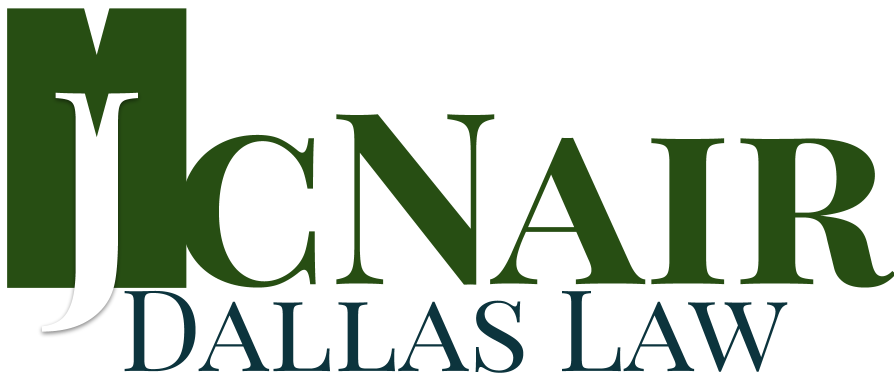A pour-over will is a particular kind of will created to work with a trust, with a goal of facilitating the transfer of assets if the person creating the trust (the grantor) has not transferred all of their assets into the trust. This happens more often than you’d think. How do you know if you need a pour-over will? The article “Do you need a pour-over will in your estate plan?” from Bankrate will help prepare you for a discussion with an estate planning attorney.
A pour-over will contains a provision permitting the will to pour-over any residual assets left in the person’s estate into a living trust, which is overseen by a trustee when the grantor has died.
Think of the pour-over will as a safety net for a person who didn’t get around to placing all of their assets into the trust before they died. It is also a good tool to avoid the intestate rules that come into play when someone dies without a valid will. Even if assets were not specifically part of the living trust, they can be moved into the living trust after the death of the grantor.
How does the pour-over will work? When the estate plan is created, the grantor may designate certain assets to be titled in the name of a living trust established to own the assets which will pass to designated beneficiaries of the trust after the grantor dies. Assets owned in a trust are outside of the estate and don’t go through probate.
Some assets may not be eligible to be titled directly in a trust, including IRAs or other qualified retirement plans. These pass to heirs by a beneficiary designation. Most assets passing by beneficiary designation are not eligible to be placed in a trust.
In the pour-over will, the grantor states that any assets not previously placed in the trust should be added to the trust upon their death. Assets acquired after the trust was established may be poured over into the trust and receive the same treatment as any assets placed in the trust already.
This sounds like a great solution, especially for a person who doesn’t always get around to every last detail. However, there are some pros and cons.
On the plus side is the creation of a safety net to ensure assets go into the trust, making it easier to protect and distribute assets.
Reducing probate complexity is another plus. If a big asset was not included in the trust, it simply goes into the trust at death.
However, there are some drawbacks. The will still needs to go through probate. The will can be challenged, which is always a factor in any estate. Finally, each state has its own laws regarding pour-over wills. Ask an experienced estate planning attorney if this is an option for you before proceeding.
To find out if a pour-over will is right for you, contact our office today.
Reference: Bankrate (April 20, 2022) “Do you need a pour-over will in your estate plan?”




